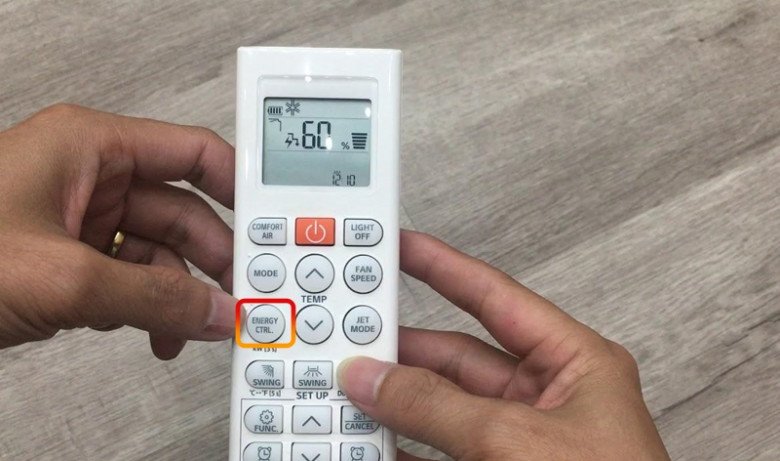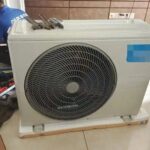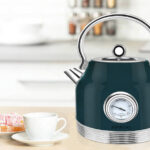
Every summer, social media platforms are flooded with videos and posts claiming to offer the ultimate hack for running air conditioners all night while keeping electricity costs down to a mere 3,000–4,000 VND. The trick, they say, lies in these three simple steps:
Step 1: After turning on your air conditioner, select the “Cool” mode, which may also be labeled as “Frio” on some models. This mode is indicated by a snowflake icon on the control panel and activates the cooling function.
Step 2: Adjust the temperature setting to 26.5–27°C. Set the fan speed to level 1 or 2, or opt for the “Auto” mode, ensuring the fan is directed upward toward the ceiling.
Step 3: Press the ECO button (energy-saving button). If your air conditioner doesn’t have this button, look for the “Energy Saving” option and activate it.

In the comments section, users shared mixed reactions, with some finding this method intriguing and worth trying, while others offered their own experiences. Some claimed significant savings, asserting that this method reduced their electricity bills by 30–40%. However, there were also dissenting voices, with individuals reporting discomfort and stuffiness when using the ECO mode. They found that the room would get too warm, prompting them to wake up in the middle of the night to adjust the settings again.
Do ECO and Energy Saving Modes Truly Save Energy?
Both ECO and Energy Saving modes are designed to reduce energy consumption. When you activate the ECO mode, your air conditioner operates at approximately 70% of its maximum capacity. It will pause once the desired temperature is reached and automatically resume cooling if the temperature rises by 1–2°C, helping you save up to 50% on energy costs.
It’s important to note that when using ECO mode, you should maintain a temperature setting above 24°C. If you lower the temperature, the air conditioner will automatically disable ECO mode. Additionally, this mode only operates continuously for eight hours, after which you need to reset it. If not reset, the air conditioner will switch to a different cooling mode.
To deactivate ECO mode, simply press the ECO button again. Alternatively, if you change to another function while the air conditioner is in ECO mode, the unit will automatically exit this energy-saving setting.
The Energy Saving mode operates similarly. When activated, the compressor and fan will turn off once the room temperature drops below the set temperature, conserving energy. During this time, the internal fans will automatically turn on and off every 2–3 minutes to monitor the surrounding temperature. If the temperature rises above the set level, the compressor and fan will restart simultaneously.

Tips for Energy-Efficient Air Conditioner Use During Summer
While the online tips for saving electricity costs by manipulating air conditioner settings may be helpful, there are additional measures you can take to maximize energy efficiency during the hot summer months:
– Ensure your air conditioner’s capacity matches the room size.
– Opt for an inverter air conditioner if you plan to use it frequently.
– Avoid constantly turning the air conditioner on and off.
– Keep doors and windows closed when the air conditioner is running.
– Maintain a temperature difference of only 1–2°C between indoors and outdoors. Set your air conditioner to a temperature between 26–28°C.
– Use curtains or blinds to block direct sunlight and improve the cooling efficiency of your air conditioner.
– Turn off your air conditioner about 30 minutes before leaving the house.
– Regularly clean and maintain your air conditioner for optimal performance.


































